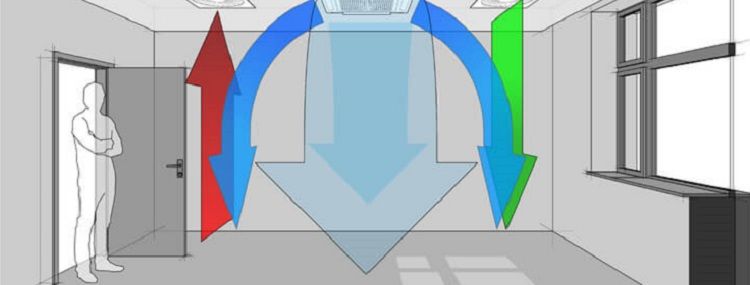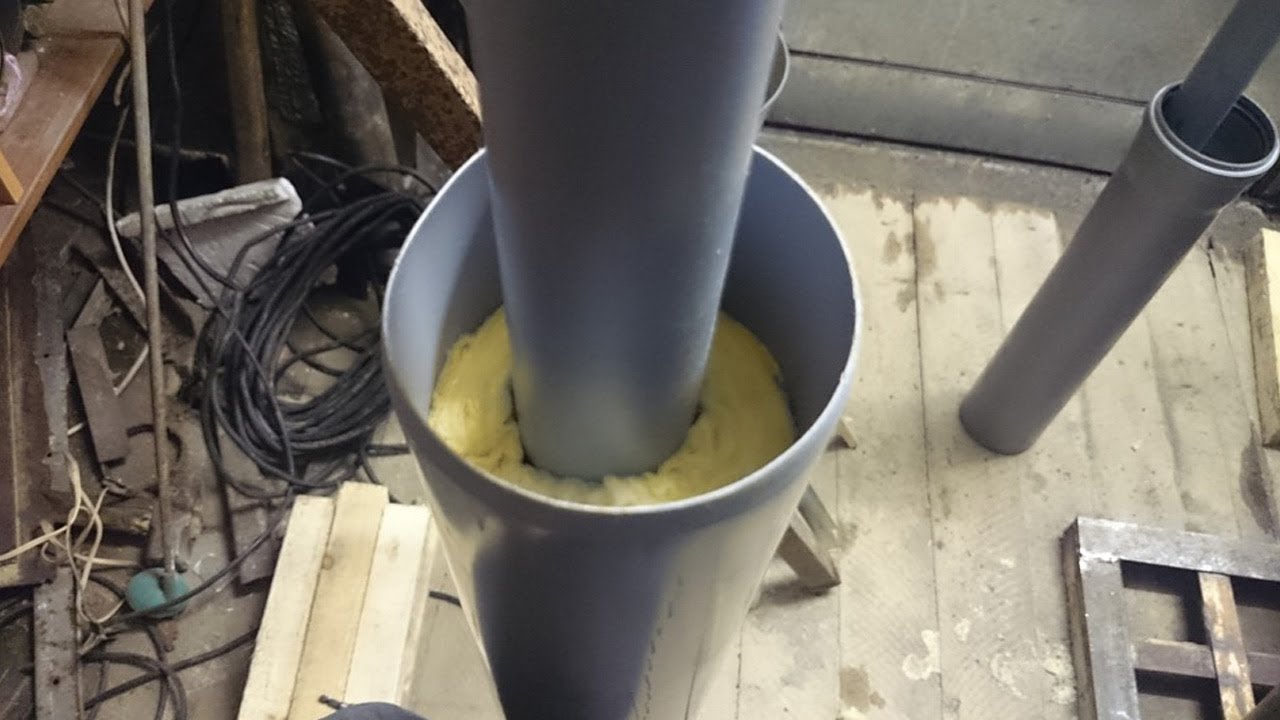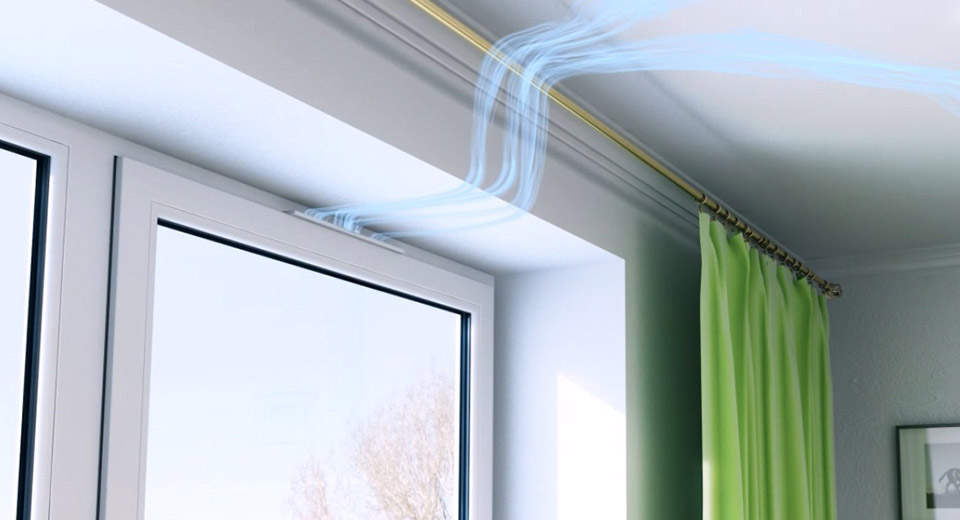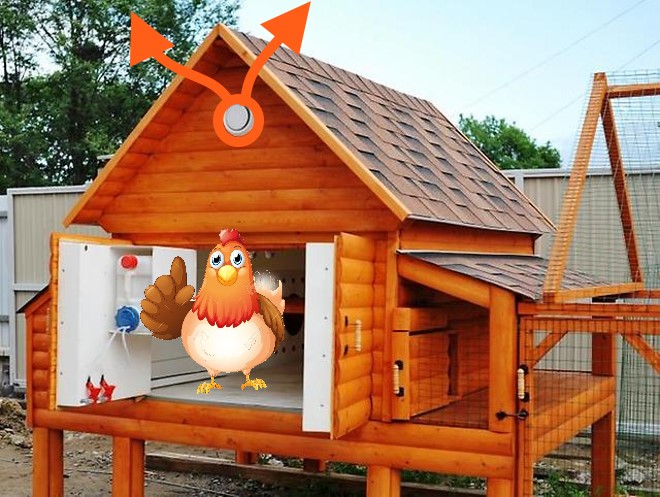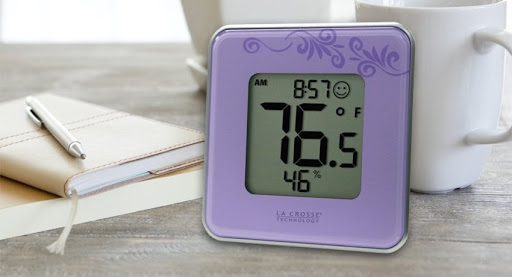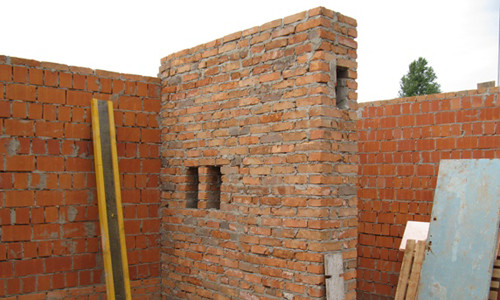A dehumidifier for a house or apartment helps to solve the problem of high levels of humidity in any type of room. Such devices are presented in a wide range and differ among themselves depending on the characteristics and features. Before installing a dehumidifier, you must carefully study its design and principle of operation, as well as determine the type of device.
Air dryer description
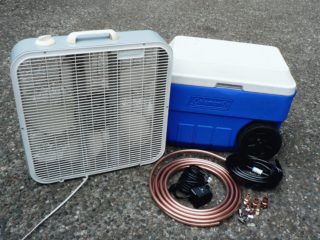
A standard home dehumidifier is a device or complex system designed to normalize humidity in a residential, office or industrial environment. The optimal indicators of this parameter should fluctuate between 40-60%, the maximum allowable mark is considered to be 70%. All values above or below these marks are deviations from the norms. A decrease is usually associated with violations of the temperature regime when heating a home and is considered less dangerous than an increase.
An excess of moisture in the air is dangerous to human health, it affects the functioning of the respiratory system and general condition, provokes the development of fungus and mold on the walls and surfaces of the room. The presence of fungal spores in the atmosphere provokes the development of allergies, asthma and other respiratory diseases. Dehumidifiers have been developed to solve this problem. Devices of this type take air from the space and return it back, lowering the humidity to an optimal level. Innovative dehumidifiers are able to condense water vapor, absorb water and remove air outside the room.
Air dryers can be residential or industrial, the main difference between the two is performance. This figure depends on the amount of air that must pass through the system. Household devices are designed for apartments, industrial ones are suitable for use in spacious rooms.
Purpose of the dehumidifier

Those who want to create an ideal microclimate in their home or apartment should buy a moisture absorber or dehumidifier. For small rooms, devices with a capacity of 15-50 liters are suitable, industrial devices process 50-120 liters. Household dehumidifiers are ideal for basements, garages, storage rooms and small offices. If you use the device correctly, you can normalize moisture readings in a short time. Owners of home dehumidifiers point out their main advantages:
- increase in the service life of building structures;
- reduction of heating costs, since much less heat energy is required to warm air with normal humidity;
- protection of housing from the formation of condensation on windows and other glass surfaces;
- elimination of the consequences of flooding;
- prevention of the formation of mold and fungal microorganisms.
A do-it-yourself or factory-made dehumidifier can also be used in bathrooms, where it is difficult to achieve optimal humidity levels.
Design and principle of operation
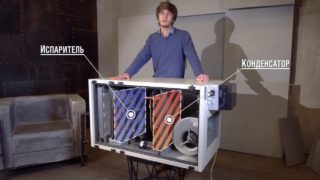
The design of the device depends entirely on its power and manufacturer.Standard home appliances in most cases consist of the following elements:
- body;
- heat exchangers;
- electric motor;
- fan;
- filters;
- drainage tube;
- condensate container;
- hygrometer.
Dehumidification occurs through a physical condensation process. Excess moisture in the air enters the cooled surface, the temperature of which should be lower than the dew point. Air masses pass through two heat exchangers filled with freon or another substance using a fan.
Freon is automatically cooled when it passes through the capillary tube under pressure. After that, he goes to the exchangers and cools them. The air from the room gives off excess moisture during its passage through the first heat exchanger, due to which condensate is released. Freon, which is in the first heat exchanger and has given off a cold mass of air, evaporates. During this reaction, it enters the compressor and passes into the second exchanger. Then the freon is condensed with the help of cold air, as a result of the assimilation process, the air masses are warmed up.
The principle of operation is the same for all types of dryers, except for absorption and rotary models. The rest of the devices work as standard, lowering humidity and keeping the air temperature at an optimal level.
Algorithm for creating a device with your own hands

The simplest absorption desiccant can be made independently using standard equipment, observing all the necessary conditions. To do this, you will need two 2 liter plastic bottles, a sharp object such as an awl or thick needle, matches or a lighter, gloves, scissors, absorbent material, and a USB fan or cooler for cooling systems.
The step-by-step assembly algorithm for this simple device consists of several steps:
- An awl or needle is heated and used to make a hole in one bottle.
- The perforated bottle is cut into two halves of equal size with scissors.
- The first part is inserted into the lower part of the bottle, with the neck pointing down. It should have a lid with holes made in it.
- An absorbent is poured into the upper half of the bottle.
- Cut off the bottom of the second bottle.
- A small fan is put into this container, its task is to direct the air towards the bottom. The fan should be at a distance of 8-10 cm from the bottom of the bottle. Unscrew the cap from the throat to ensure air intake.
- A container with a fan must be put on a bottle filled with absorbent. The joint must be carefully wrapped with electrical tape in order to seal it.
A homemade bottle dehumidifier helps to remove excess moisture no worse than a factory counterpart.
Dryer types
Devices for reducing the level of humidity and dehumidification of air differ depending on the principle of operation and performance, size and a number of other criteria. Stationary models are fixed on a wall or ceiling, mobile models can be freely moved due to the presence of small wheels. There are a large number of air dryers on the market, including condensing and membrane devices. The most popular are the absorption and condensing models. Each of the two types has advantages and disadvantages.
Absorbent

Absorbent dryers work on the principle of absorbing excess condensate with a special absorbent. Such devices are considered short-lived because their absorbency decreases as they become saturated with moisture. In modern absorbent dryers, silica gel is used as a filler. To extend the service life of the device, it is necessary to evenly warm up the absorbent in the rotor and promptly change it to a fresh one.
Condensing
Condensing dryers work on a principle similar to the operation of air conditioners, but at the same time they are supplemented with a function for cooling the air masses. Inside such devices there is a refrigeration element, in contact with it, the air reaches the maximum dew point, that is, the moment of moisture condensation. When the air is already cooled, and the liquid is at the stage of intake, the air masses are heated by the built-in compressor and fed back into the room. The air gets dry during the operation of the device, therefore, powerful condensation devices are not recommended to be installed in residential buildings and apartments.
Moisture control
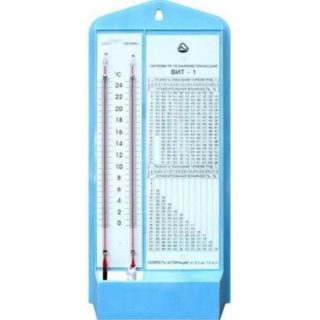
Before making a homemade dehumidifier, it is important to address the humidity control problem ahead of time. Factory devices are supplemented with built-in sensors that monitor humidity and air temperature. If we are talking about a hand-made device, you will need to purchase additional items for it. This can be a dial gauge or digital hygrometer, which you can buy in a specialized store. It is also often part of the design of modern watches.
Dry air can be harmful. The presence of a hygrometer makes it possible to determine whether it is necessary to turn on the dehumidifier at a particular moment. It is advisable to use the device when the humidity in the apartment reaches a critical level of 80%, as a result of which mold and fungal microorganisms can begin to multiply actively. Additionally, weather conditions are taken into account, in some cases it is necessary to turn on a humidifier, not a dehumidifier.

